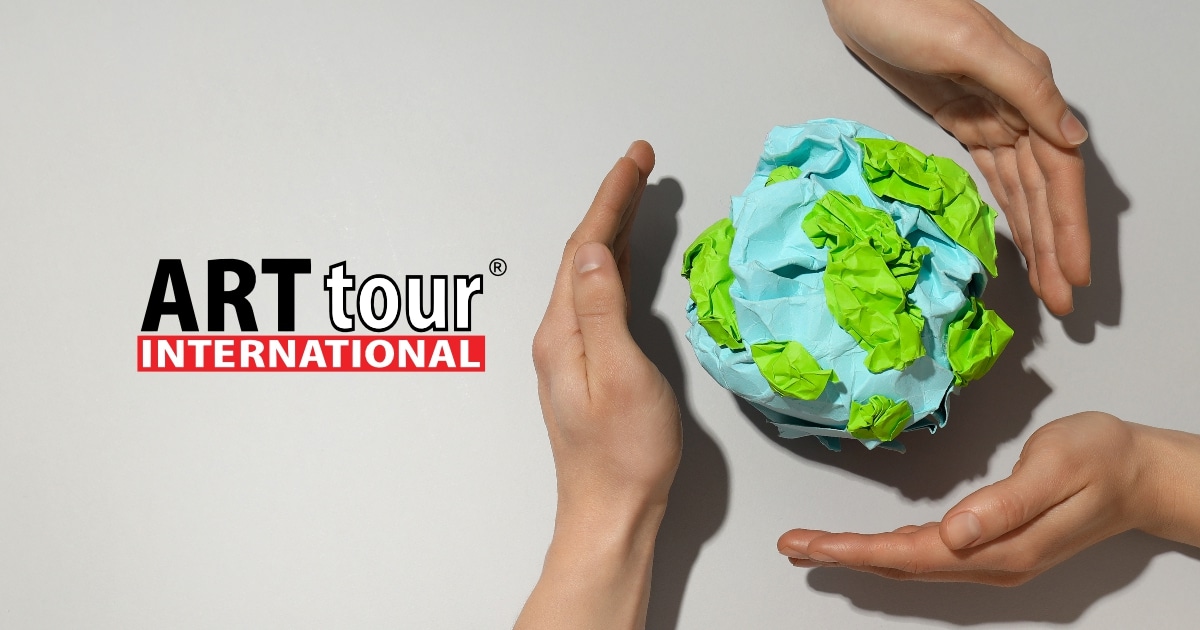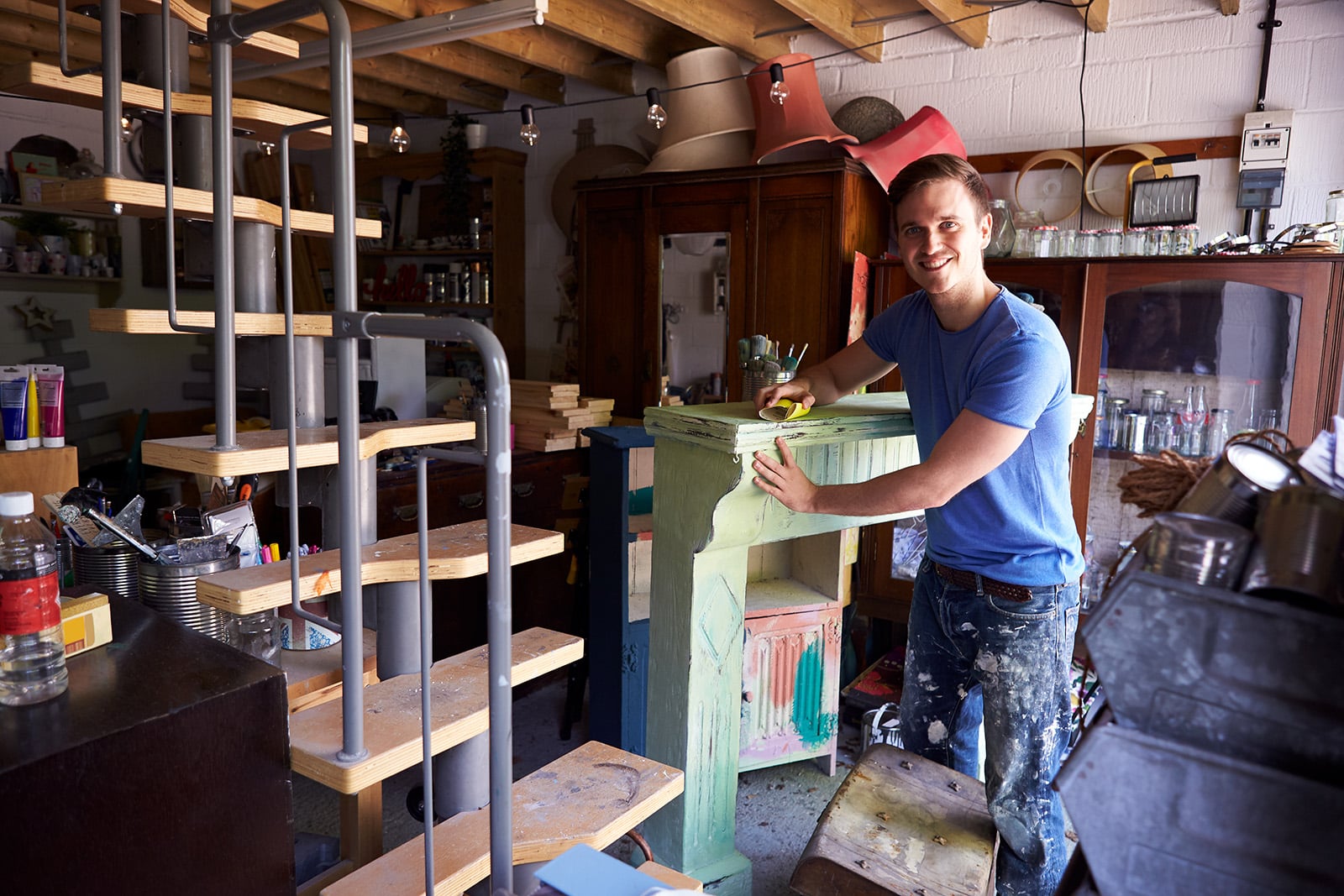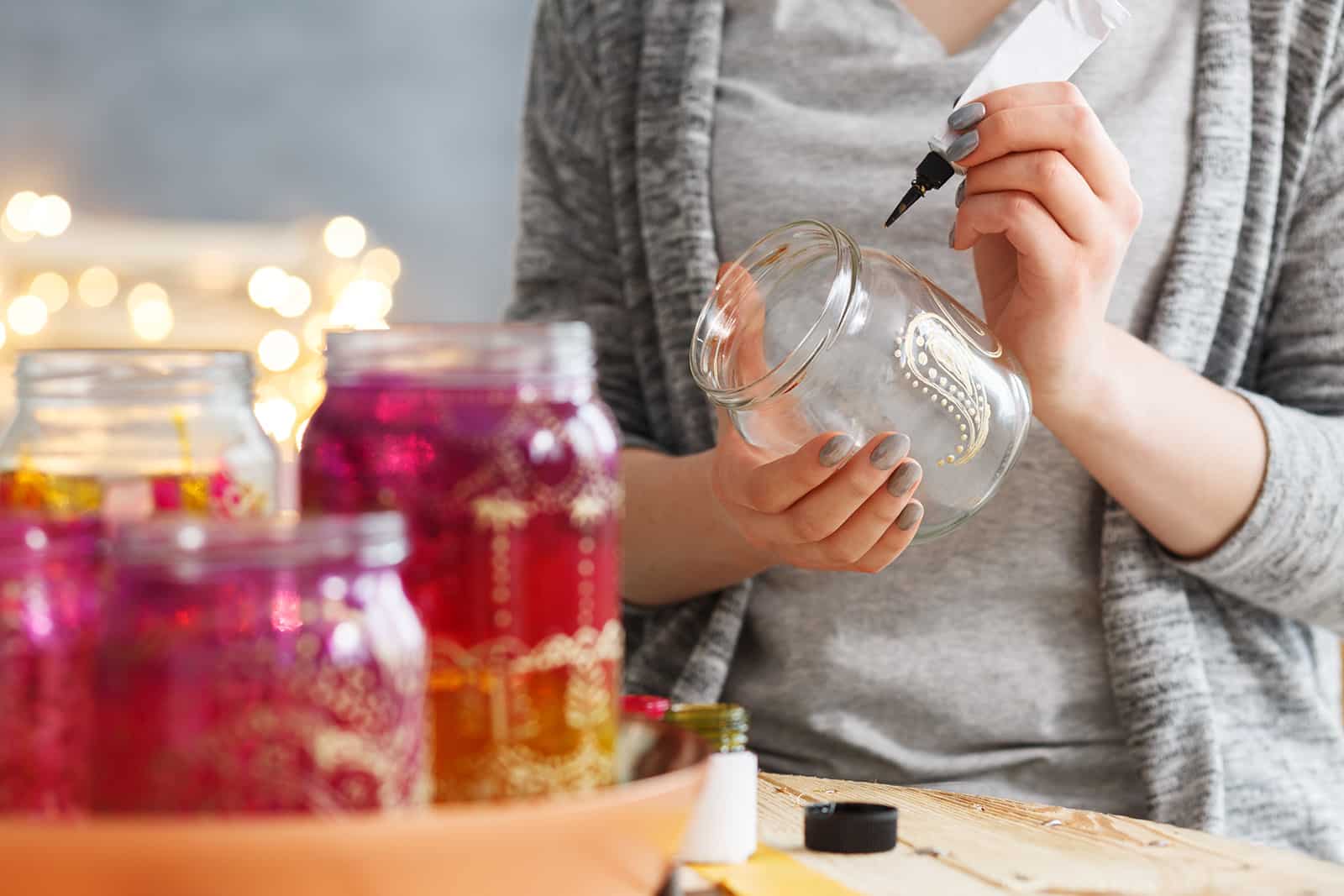Artists Leading The Way In Environmental Conservation
Artists and environmental activists worldwide are coming together to create positive change for our planet. As the effects of climate change become more apparent, these passionate individuals are taking the lead in environmental conservation. From major initiatives to small-scale projects, artists are essential in inspiring and informing others about the importance of protecting our environment. In this blog post, we will explore how artists are leading the way in environmental conservation.
The Impact of Climate Change on the Art World
The art industry is feeling the effects as the world faces unprecedented environmental challenges. Climate change has dramatically impacted art production and consumption, from the materials used to create works of art to the means by which art is displayed and shared.
In recent years, increased temperatures have led to decreased availability of some raw materials commonly used in art. This has made it more difficult for artists to access specific resources and increased the costs of obtaining them.
Climate change has also affected the way in which art is consumed and experienced. As temperatures rise, public exhibitions become increasingly challenging to hold outdoors due to health concerns and rising energy costs. This has made it harder for artists to reach their audience and share their work, forcing many to rely on digital platforms. Additionally, extreme weather events such as floods and hurricanes can destroy outdoor artwork and limit access to galleries and museums, resulting in fewer opportunities for viewers to experience art.
The effects of climate change are far-reaching, affecting the environment and the world of art. Therefore, conservation measures must be taken to protect our planet and our artistic heritage.
The Importance of Sustainability
Sustainability is essential for everyone, but it is especially vital for the art industry. Climate change profoundly affects our environment, from extreme weather patterns to rising sea levels. As such, artists must reduce their environmental footprint and protect natural resources.
One way to do this is through the use of sustainable materials. Sustainable materials can be reused, recycled, or repurposed to minimize waste and conserve energy. For example, many artists are now opting to use eco-friendly paints and canvas made from recycled materials, locally sourced wood, and other materials. This helps reduce transportation emissions while reducing the resources needed to produce artwork.
In addition to using sustainable materials, artists should strive to reduce their energy consumption by using energy-efficient lighting and equipment. By doing so, they can reduce their carbon footprint and help to protect the environment for future generations.
Sustainability is also essential for ensuring access to resources for future generations of artists. By conserving natural resources and minimizing waste, artists can guarantee that enough resources will be available for upcoming generations of creators.
Ultimately, sustainability is essential for the future of the art industry. By taking steps to reduce their environmental impact, artists can ensure that the art world can continue to thrive sustainably for years to come.
What Artists Are doing To Make a Difference
The art world is doing its part in the fight against climate change and environmental conservation. Artists worldwide are taking up the mantle of sustainability, from fashion to fine art.
Artists are using their creativity and talent to inspire change. For example, some artists have created upcycled artworks, creating pieces from materials that would otherwise be discarded. As a result, they are raising awareness about the potential of recycling everyday objects.
In addition to reusing existing materials, artists also choose to use sustainable materials in their work. From recycled paper for printmaking to hemp for textiles, many artists are focusing on eco-friendly materials when creating their artwork.
Designers are also getting involved in the conversation around sustainability, with some designers bringing ethical and sustainable designs using natural fabrics and recycled materials. Other designers are launching lines with similar standards in mind.
Artists are also playing an essential role in advocacy and activism. Groups such as Artists For A Green Planet, an initiative started by ArtTour International Magazine, work to engage people in conversations about the environment through art. From creative campaigns to virtual forums, artists are making sure their voices are heard when taking action against climate change. As a result, artists are leading the way regarding environmental conservation. From recycling existing materials to creating works that promote sustainability, these creative minds are showing us how we can make a difference in our own lives.
What You Can Do to Help
We all have a part to play in environmental conservation. Here are some ways to help make a difference in the art industry and beyond.
- Buy art responsibly: When purchasing art, look for pieces that use recycled, upcycled, or sustainable materials or pieces that promote environmental causes. Whenever possible, buy from independent artists and designers who are committed to sustainable practices.
- Get involved in local initiatives: Seek out local initiatives and organizations dedicated to helping the environment, such as beach cleanups or community gardens. These efforts help protect our environment and promote a sense of community and camaraderie among those who take part.
- Educate yourself: Research and learn about sustainable art practices, the importance of climate change, and how it affects our environment and communities. Read articles, watch documentaries, attend workshops and lectures – be aware of what is happening in the world around you.
- Spread the word: Share what you learn with your friends and family. Join the conversation online, use your social media presence to discuss the issues, and share relevant content from environmental organizations. Speak up for what matters and encourage others to do the same.
- Take action: Make small changes in your everyday life to reduce your carbon footprint, such as using reusable bags and containers, recycling, buying less, and investing in energy-efficient appliances. Every little bit helps!
The fight for environmental conservation is a global effort, and each of us has a role in creating a better future for our planet and its inhabitants. So let’s work together to ensure that art is used as a tool for positive change!

















0 Comments